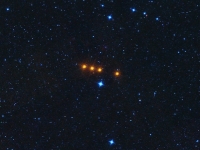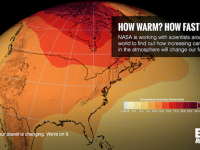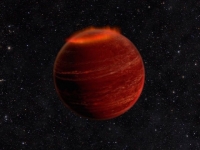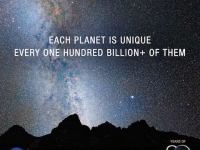Technology
THE NIGHT OF STARS 2015 UNDER COP21 LABEL DEDICATED TO CLIMATE CHANGE
7 to 9 AUGUST TO CONTEMPLATING STARS
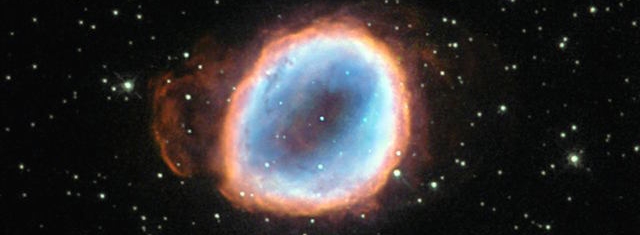
Dyning Star (Source: Courtesy of NASA)
USPA NEWS -
Night of Stars has been held on 7 to 9 August 2015. Throughout France and several countries in Europe and Africa, hundreds of websites hosted in again to contemplate the sky. The organisers are committed to renew an annual free event, open to all, in the spirit of sharing knowledge about the sky.
THE NIGHT OF STARS 2015 UNDER COP21 LABEL DEDICATED TO CLIMATE BIODIVERSITY PLANETARY ATMOSPHERE--------------------------------------------------------------------- The 25th edition of the stars of the night off tonight. The luckiest of us will have the chance to visit one of the 443 events organised by the French astronomy association.
7th, 8th and 9th August will host the 25th edition of Star Nights, an event eagerly awaited by lovers of the sky and stars. If August is ideal for summer nights where you can stay up late outside, it's also an opportunity to renew this exceptional event to learn more about our planet and the Universe.-------------------------------------------------------------------------------------------
The Night of 2015 Stars got this year's COP21 label, and therefore will have the theme "Climate, biodiversity and planetary atmospheres."
Twenty years after the discovery of the first exoplanet, by Michel Mayor and Didier Queloz, and after decades of planetary exploration, scientists have collected a significant amount of information about the atmospheres of planets other than Earth. In the Solar System, no other planet or satellite possesses a conducive atmosphere for the development of life. Moreover, even if one discovers one day an exoplanet with an atmosphere composed of the same elements essential for the emergence of life on Earth, it would be impossible to get there.
OBSERVING THE SKY BY NASA “FAMILY SPACE ROCKS“--------------------------------------------------------------------------
High above the plane of our solar system, near the asteroid-rich abyss between Mars and Jupiter, scientists have found a unique family of space rocks. These interplanetary oddballs are the Euphrosyne (pronounced you-FROH-seh-nee) asteroids, and by any measure they have been distant, dark and mysterious -- until now.
It is therefore essential to understand that the earth's atmosphere is unique, and must preserve it. This means to fight against global warming and stop the loss of biodiversity.
NASA MADE PROJECTIONS ABOUT GLOBAL CHANGES ABOUT GLOBAL WARMING----------------------------------
How fast will the world warm with the increasing CO2 levels? We recently released information about how these projected global changes translate to the regional level, and what this could mean through the year 2100. This data will help scientists and planners conduct climate risk assessments to better understand local and global effects of hazards such as severe drought, floods and heat waves.---------------------------------------------------------------------------------------------------------------------------
Mysterious objects called brown dwarfs are sometimes called "failed stars." They are too small to fuse hydrogen in their cores, the way most stars do, but also too large to be classified as planets. New study suggests they create powerful auroral displays, similar to the kind seen around the magnetic poles on Earth.
A dying star´s final moments are captured our Hubble Space Telescope. The death throes of this star may only last mere moments on a cosmological timescale, but this star´s demise is still quite lengthy by our standards, lasting tens of thousands of years! ----------NASA BELIEVES THERE IS AT LEASE ONE PLANET FOR EVERY STAR----------------------------------
We believe there is at least one planet for every star in our galaxy. This could mean as many as 100 to 400 billion planets in our galaxy alone. It´s been 20 years since we found the first exoplanet around a Sun-like star. Today we´ll be sharing some more exciting news about recent exoplanet discoveries.Source : AFA, NASA
Liability for this article lies with the author, who also holds the copyright. Editorial content from USPA may be quoted on other websites as long as the quote comprises no more than 5% of the entire text, is marked as such and the source is named (via hyperlink).


